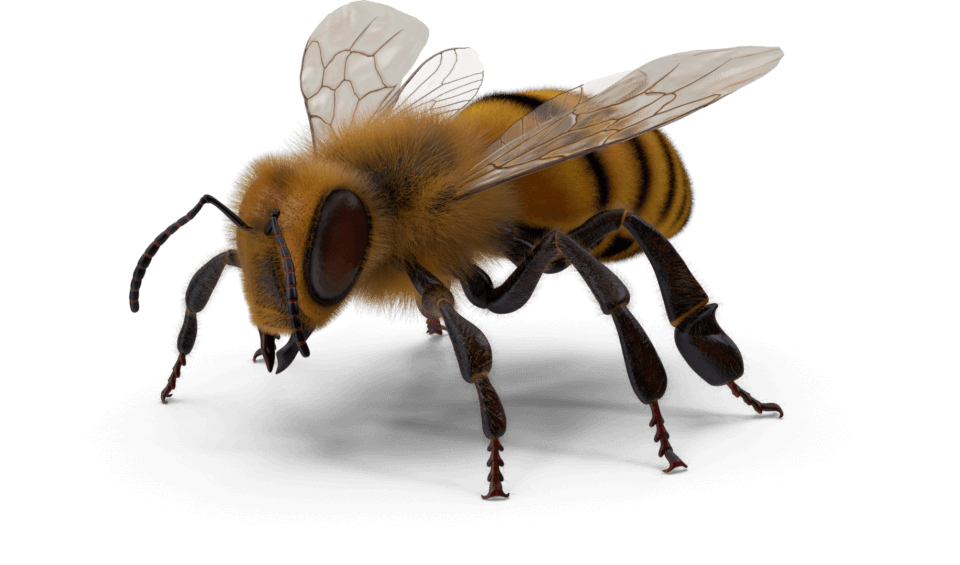Fall is a nerve-wracking time for honeybee keepers, who often fret about whether their bees have enough honey reserves to survive the winter or whether mites have decimated their bee populations. Bees will typically only leave their hive when the weather is pleasant (at least in the 50Fs and sunny), so it’s hard to walk… Continue reading
Death’s Head Hawkmoth – Collected from Europe
Look familiar? Fans of the film The Silence of the Lambs may recognize this moth species with its distinctive human skull-shaped pattern of markings. Named for the pattern on its thorax, the Death Head’s Hawkmoth has long been associated with the supernatural and death. As a large nocturnal moth, it flies late at night and… Continue reading
Soapstone Water Dropper – China, ca. late 1900s
A water dropper is a small container used by calligraphers in East Asian countries to make ink. It is designed so that only a few drops of water can fall at one time. The calligrapher adds water to the surface of an inkstone, grinds an inkstick into the water, causing particles to come off and… Continue reading
Passenger Pigeon – Collected from Eastern U.S.
Most people alive today have probably never seen this bird in the wild. When Europeans first arrived in North America, there were between three and five billion passenger pigeons east of the Rocky Mountains. Just 400 years later, what was once one of the largest bird populations in the world became extinct. The destruction of… Continue reading
Shell Gorget – Mississippian, date unknown
This shell gorget has an incised design of a sun and moon surrounded by a snake. A gorget is a type of ornament worn on a necklace. The Mississippians often incised, or engraved, decorations into their pottery as well as their ornaments. The designs are more than artistic expressions, they are symbols with meaning to… Continue reading
Platypus Collected from Australia
What is that strange creature?! The duck-billed platypus is one of nature’s unlikeliest animals. With a bill and webbed feet like a duck, a tail like a beaver, and the body and fur like an otter, the first scientists to examine this species thought they were the victims of a hoax! Even stranger, this carnivore… Continue reading
Humphrey’s Medical Cabinet Ca. 1900
Cabinets such as this one could be found sitting on countertops at many druggist’s and pharmacies in the early 20th century. Customers could look at the list of ailments listed on the cabinet, tell the pharmacist exactly what was wrong with them, and receive the homeopathic medicine they needed. The cabinet had numbered drawers in… Continue reading
Green Iguana – Collected from Central America
The green iguana, also known as the common iguana, is among the largest lizards in the Americas. Although native to the rainforests of Mexico, Central America, the Caribbean Islands, and South America, the green iguana has become one of the most popular reptile pets in the US. However, since they are difficult to care for… Continue reading
White-tailed Deer Skull – Collected from the Midwestern United States
The white-tailed deer is the smallest member of the North American deer family. Only the males have antlers, the bony growths at the top of the skull. The antlers are shed annually in winter and grow back more branched each year. The narrow snout of the white-tailed deer allows it to feed from tight spaces.… Continue reading
Can you DIG IT or do you PICK IT?
Knowing where your food comes from and how it is grown is not as common as it once was. As we have become reliant on purchasing food from grocery stores and restaurants, we have become less connected to the ways our food is grown. When our guests visit the GROW Gallery, many of them are… Continue reading








